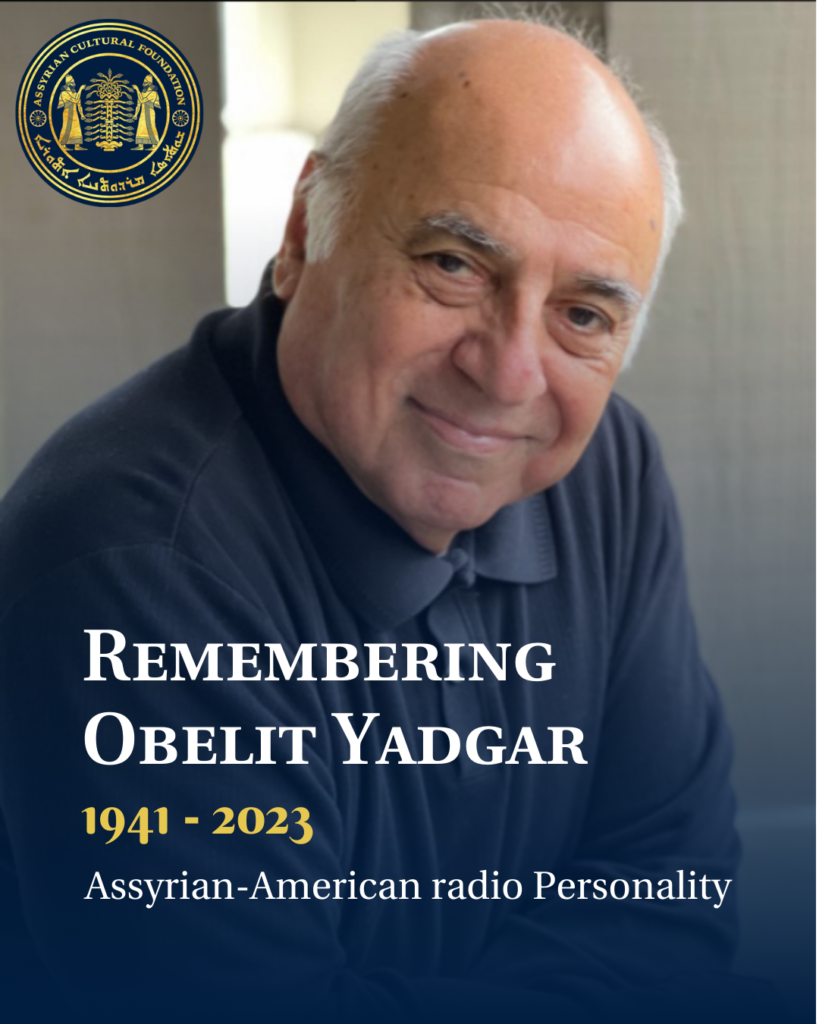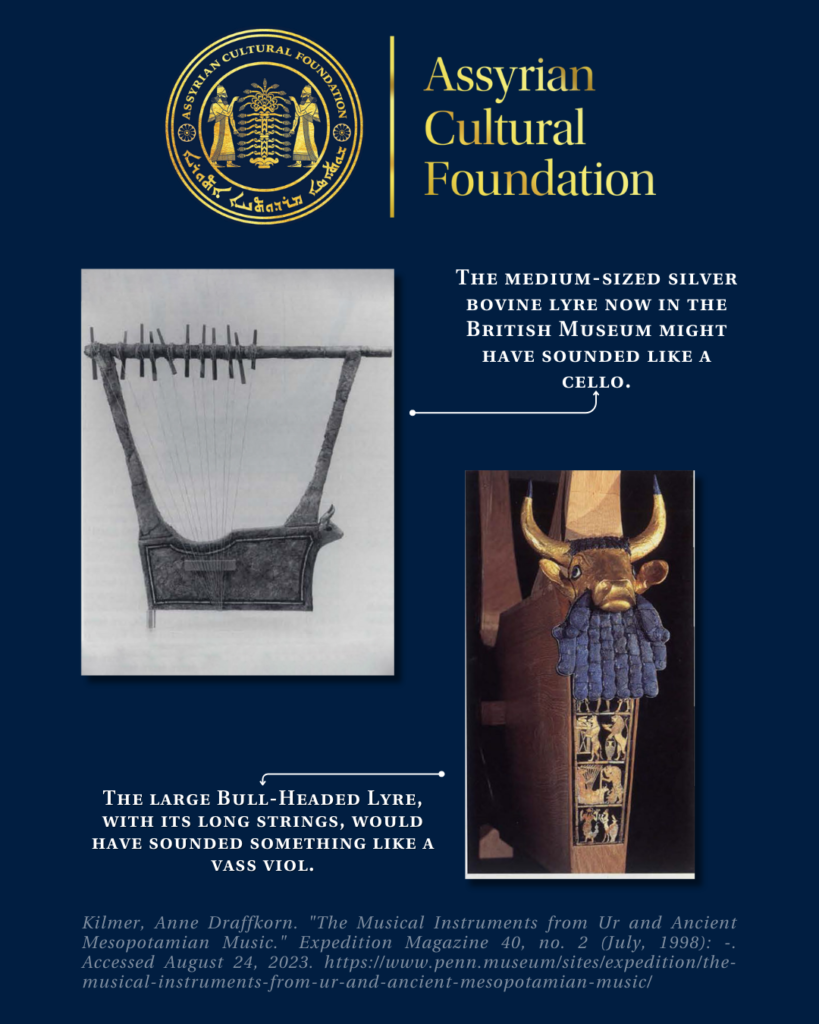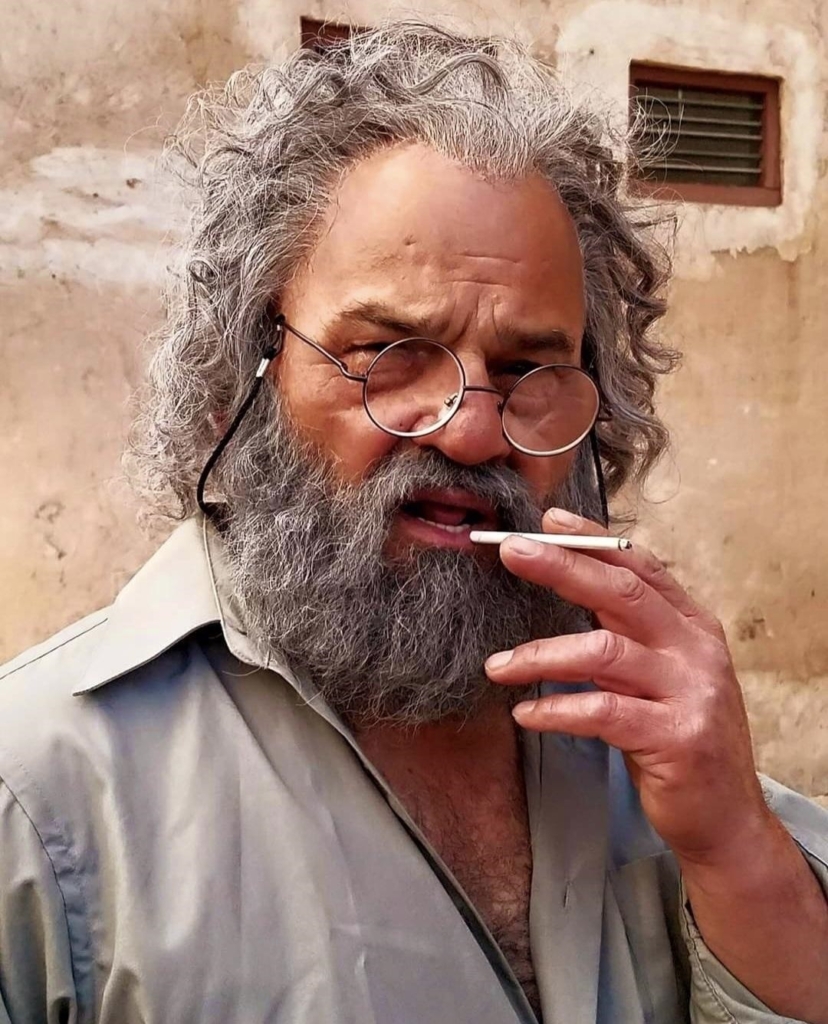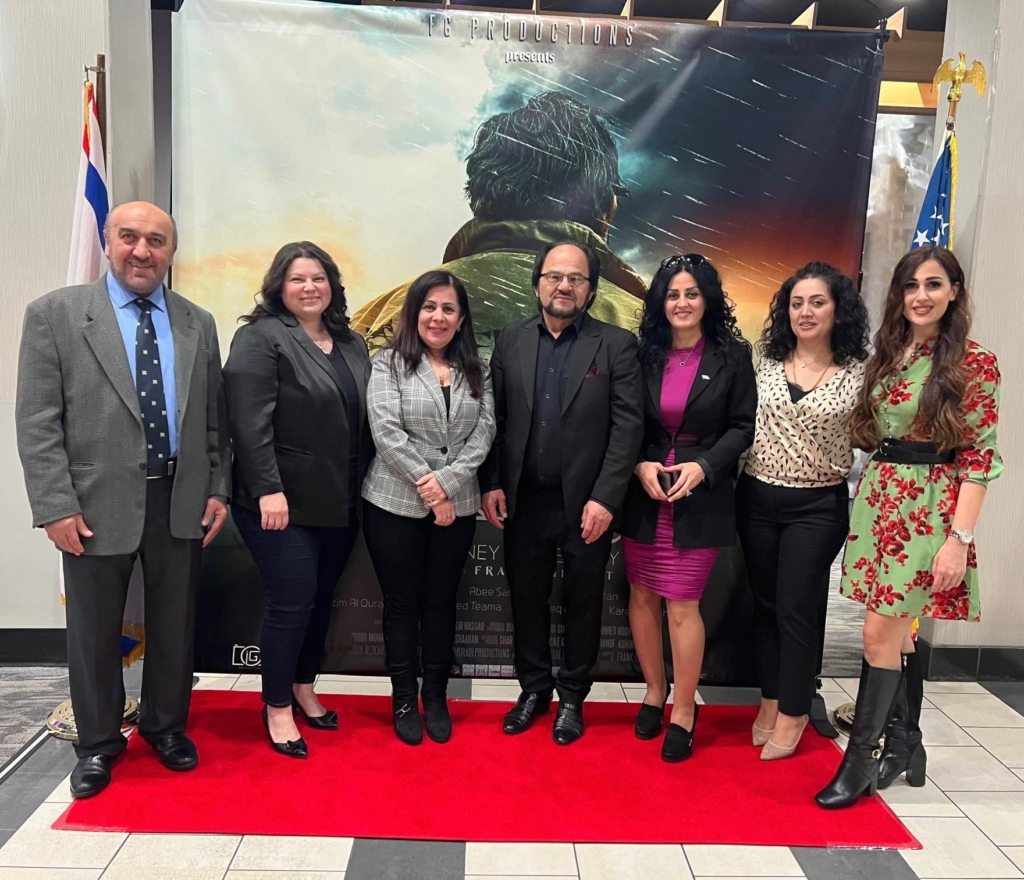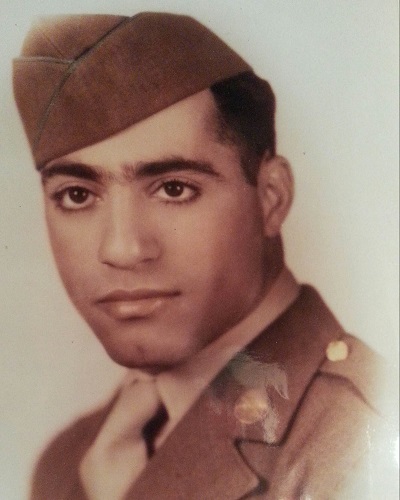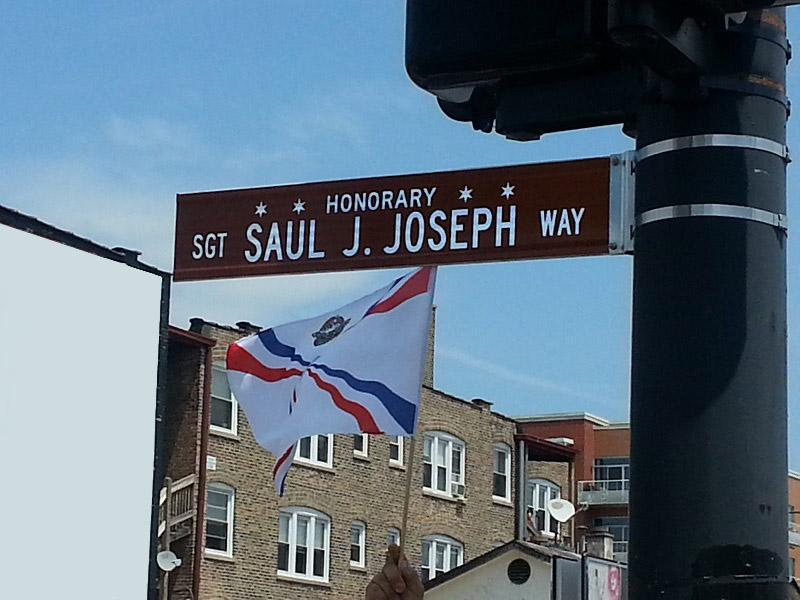Paul Davis Newey
Date: June 25, 2021
Did you know that an Assyrian man worked as a detective in Chicago in the mid-20th century? Paul Davis Newey was perhaps best known for working as the chief investigator for the Cook County’s State Attorney (Cook County is where Chicago is located). However, during his career, he also worked for the United States Secret Service, the Federal Narcotics Bureau, and the Central Intelligence Agency (CIA).
Paul D. Newey was born to the Reverend Paul S. Newey in 1914. His Assyrian parents came to the United States from Urmia, Persia (Iran), where his father had served as an educator in both the villages of Gulpashan and Geogtapa. However, Paul Newey, Sr. eventually came to the United States to attend the Chicago Theological Seminary, in order to become a pastor. After graduation in 1913, he married Mary Yonan, whose family was originally from Tkhuma in Turkey. In 1919, Newey, Sr. founded the Assyrian Congregational Church on 4447 Hazel St. in Chicago and served as the pastor there for the majority of his life.
The Reverend Newey’s son first became interested in detective work after watching crime movies. He dreamed of becoming an FBI agent, so earned a law degree from John Marshall Law School in Chicago in 1940. According to his August 24, 2001 obituary in the Chicago Tribune, Newey’s application was not accepted by the FBI because of his “ethnic” appearance, so he had to find work elsewhere.
While working as the chief investigator for the Cook County’s State Attorney, he busted illegal gambling establishments, such as one run by Al Capone’s cousin, Rocco Fischetti. He also detected a group of Chicago policemen involved in a robbery ring and a group of Traffic Court workers who were taking the money from traffic fines for themselves. Sometimes, Newey used controversial methods in his investigations, such as hypnosis, which he actually studied at the Hypnotism Institute of Chicago in 1958. In 1959, he controversially used hypnosis on a woman so that she could identify her kidnapper.
Beginning in 1961, Newey started his own private practice in law and detective work. He often helped churches and senior citizens for free. Newey passed away at the age of 87 in 2001, and is buried at Elmwood Cemetery in River Grove, Illinois.
Written by Esther Lang
Bibliography
“$85,000 Taken in Dice Raid Goes Begging: Fischetti Denies Ownership.” 1959.Chicago Daily Tribune (1923-1963), Sep 10, 1-n11. https://resources.skokielibrary.info/login?url=https://www-proquest-com.resources.skokielibrary.info/historical-newspapers/85-000-taken-dice-raid-goes-begging/docview/182392973/se-2?accountid=3671. (accessed April 26, 2021).
“ANCI’s Upcoming Events…” ANCI Newsletter 12, no.15. 1996.
Harrison, Stephen. 1959. “Adamowski Backs Newey on Hypnosis.” Chicago Daily Tribune (1923-1963), Dec 10, 1. https://resources.skokielibrary.info/login?url=https://www-proquest-com.resources.skokielibrary.info/historical-newspapers/adamowski-backs-newey-on-hypnosis/docview/182420965/se-2?accountid=3671. (accessed April 26, 2021).
“John Marshal Law School Distinguished Awards Dinner.” Assyrian Star. March-April, 1970.
“Key Kidnap Witness Hypnotized: Done by State Aid; Mistrial is Declared.” 1959.Chicago Daily Tribune (1923-1963), Dec 09, 1. https://resources.skokielibrary.info/login?url=https://www-proquest-com.resources.skokielibrary.info/historical-newspapers/keykidnap-witness-hypnotized/docview/182409735/se-2?accountid=3671. (accessed April 26, 2021).
“Newey, Howe Plan Private Police Agency.” 1961.Chicago Daily Tribune (1923-1963), May 27, 8. https://resources.skokielibrary.info/login?url=https://www-proquest-com.resources.skokielibrary.info/historical-newspapers/newey-howe-plan-private-police-agency/docview/182897419/se-2?accountid=3671. (accessed April 26, 2021).
“Paul Davis Newey.” Find a Grave. https://www.findagrave.com/memorial/69384264/paul-davis-newey (accessed April 26, 2021).
“Paul S. Newey.” Find a Grave. https://www.findagrave.com/memorial/114118511/paul-s.-newey (accessed April 26, 2021).
“Paul Newey’s Crime Busters Hunt for Jobs: 10 Losing Out Dec. 5 in Political Shift.” 1960. Chicago Daily Tribune (1923-1963), Nov 15, 1-a4. https://resources.skokielibrary.info/login?url=https://www-proquest-com.resources.skokielibrary.info/historical-newspapers/paul-neweys-crime-busters-hunt-jobs/docview/182716622/se-2?accountid=3671. (accessed April 26, 2021).
Paz, Sarah Sayad. “Chicago Calling.” Assyrian Star. November-December, 1970.
“Reverend Paul S. Newey.” Assyrian Star. January-February, 1972.
Walberg, Matthew. “Paul Newey, 87.” Chicago Tribune. August 24, 2001. https://www.chicagotribune.com/news/ct-xpm-2001-08-24-0108240017-story.html (accessed April 26, 2021).
Wiedrich, Bob. “Hypnotist Wins Vindication at Last.” 1978.Chicago Tribune (1963-1996), Jan 12, 1-b4. https://resources.skokielibrary.info/login?url=https://www-proquest-com.resources.skokielibrary.info/historical-newspapers/hypnotist-wins-vindication-at-last/docview/169681657/se-2?accountid=3671. (accessed April 26, 2021).
Wiedrich, Robert. “Paul Newey: An Investigator with Methods of His Own; Raids Bring Fame. Chicago Daily Tribune (1923-1963), Mar 06, 1960. https://resources.skokielibrary.info/login?url=https://www-proquest-com.resources.skokielibrary.info/historical-newspapers/paul-newey-investigator-with-methods-his-own/docview/182474466/se-2?accountid=3671. (accessed April 26, 2021).
Wiedrich, Robert. “Paul Newey: An Investigator. Chicago Daily Tribune. Mar 06, 1960. Quoted in Assyrian Star. March-April, 1960.
